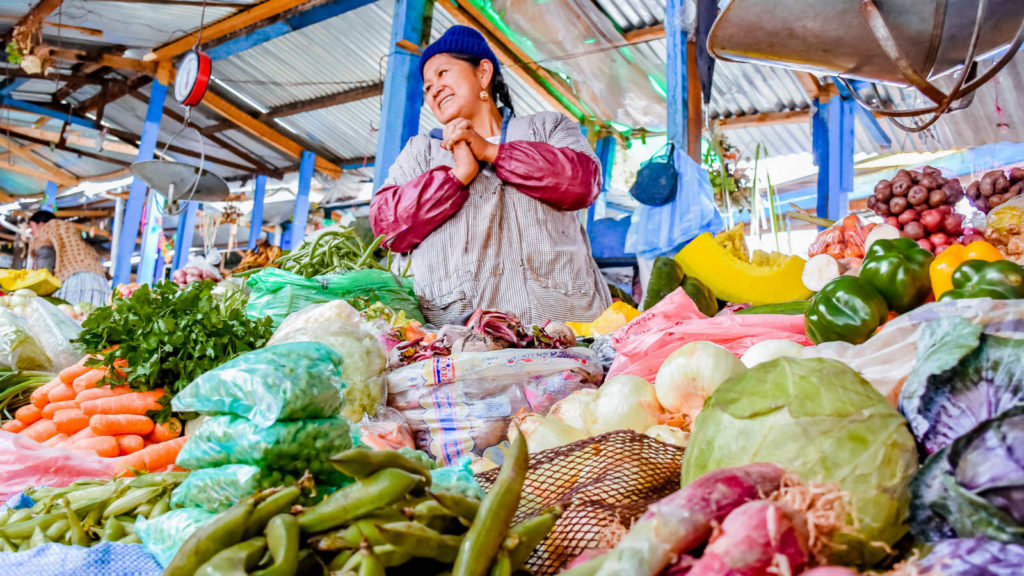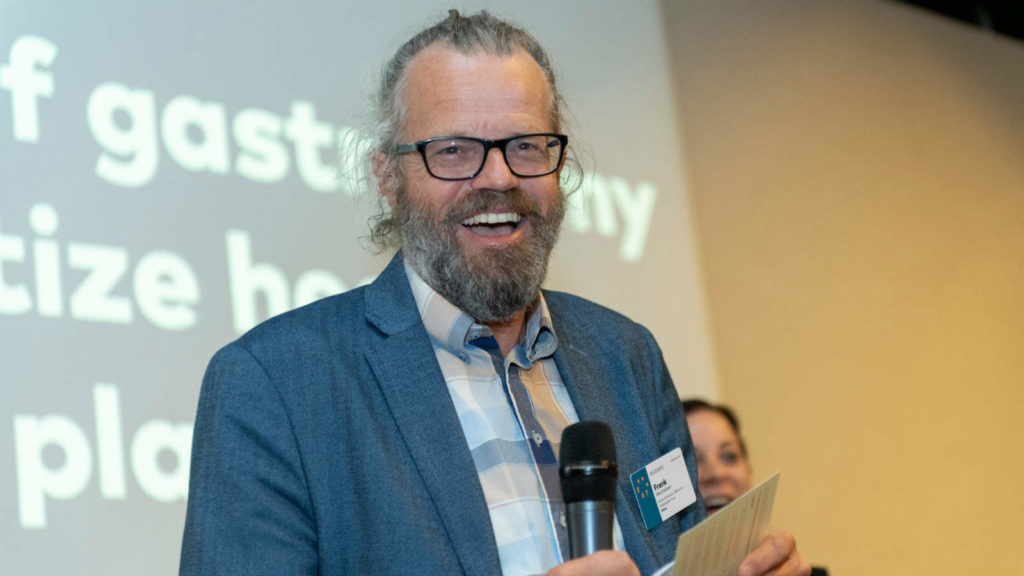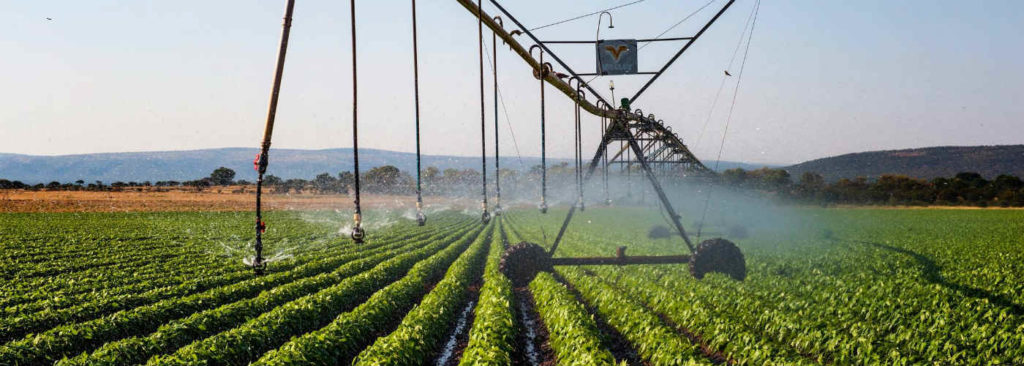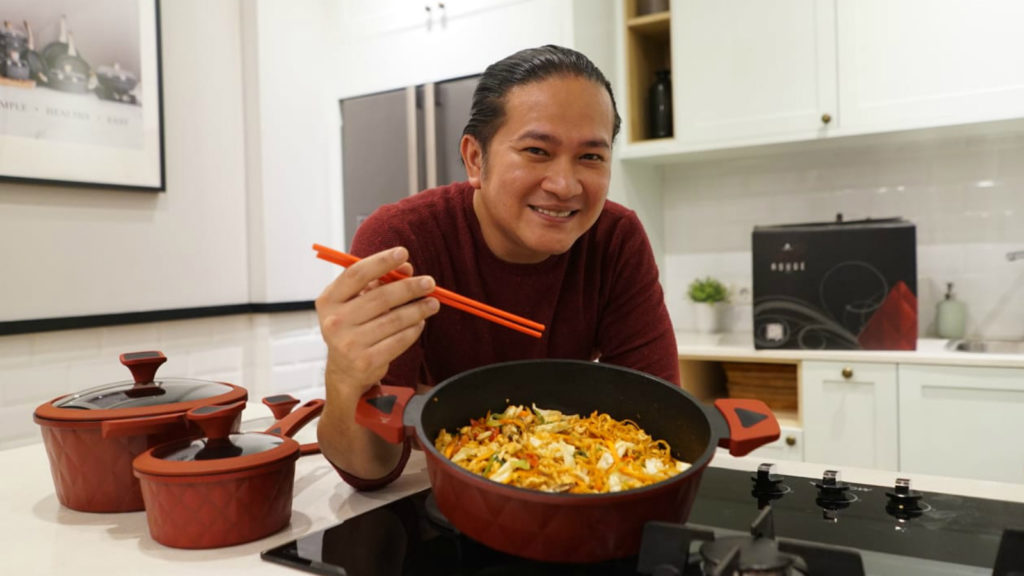Every day 20 billion dishes are prepared in this world. All these meals are prepared by cooks at home, in our offices, schools, restaurants, in factories that make ready-made dishes for supermarkets or by vendors at food stalls in the streets. I love food and I like to cook, but cooking is in decline in our busy lives, and our food is at risk from climate change and environmental pollution. Furthermore, food is at the center of a global health crisis: half of the world’s population is sick – or will get sick – either from malnutrition or from obesity (WHO).
“Food can fix it” was the mantra of the EAT Forum last week. More than 1000 food leaders from all over the world gathered to exchange experiences and develop alternatives for our current food systems so we can produce healthy meals, pay farmers a decent wage and avoid “overcooking” the planet.
Democratizing good food
More than 80 people got out of bed early to join our side event at 7 AM. The topic was: How can gastronomy play a role in popularizing healthy food that doesn’t harm the environment? Hivos organized this event together with the Nordic Food Policy Lab, WWF, IFOAM, Slow Food and Ethos Mexico. Healthy gastronomy pioneers like MIGA from Bolivia, Slow Food South Africa and the New Generation of Indonesian Cooking presented their solutions and lessons. We heard about booming national initiatives like the Costa Rican National Plan for Healthy and Sustainable Gastronomy and the New Nordic Kitchen Manifesto. And a global mapping of more than 100 gastronomy initiatives was launched.
Some of the first take aways from our #EATforum19 session?
We have also compiled detailed case studies & examples of #sustainablegastronomy initiatives from all over the world in our global mapping ?https://t.co/ToAszXtFkE @hivos @wwf @slowfoodHQ @ifoamorganic @ethoslabmx pic.twitter.com/c3eBLka4pz
— NordicFoodPolicyLab (@nordicfoodpol) 13 June 2019
We concluded that taste can drive transformation. But convenience, social aspects and price are important too. If we address these, change can be normalized through our daily food rituals. Food movements can lead the transformation “spiced up” by chefs who are becoming increasingly socially engaged. At the EAT Forum they spoke up and explained how chefs can motivate consumers, influence food policies and even get food companies to adopt their healthy solutions.
Main ingredients to take back home
A cooking revival
This will help consumers reconnect with their food culture and revalue how food is produced. But cooking is not the only solution. We need to promote healthy, affordable “comfort food” as well. That’s why our partner organization MIGA from Bolivia works with women food vendors to help them make healthy dishes prepared from locally-sourced, diverse ingredients.
It’s also important to have large food businesses at the table. For example, the World Wildlife Fund worked with KNORR (Unilever) to launch the Future 50 Foods report, a collection of diverse plant-based foods from around the world that can boost the nutritional value of our meals while reducing the environmental impact of our food supply.
Youth
All over the world kids are marching against climate change and they’re demanding real action. Youth movements are powerful drivers of change. At EAT Forum we heard about many examples of food education programs at schools that (re)connect children with food through school gardens and healthy school canteens. Governments should provide much more support for this and ensure that public procurement buys diverse, healthy food from local farmers.
If we can get our food system right we can address many problems related to health, the environment and our planet.
Strong platforms
Listen to mayors, farmers, entrepreneurs, chefs, kids on strike. More collaboration is needed, especially at the local level, to develop tailor-made solutions. Take the example of Bandung, Indonesia, where chefs, restaurants, food vendors, government officials and civil society got together and launched the New Generation of Indonesian Cooking initiative. It promotes tasty, affordable and healthy food that is produced sustainably and provides a modern version of Indonesia’s rich ethnic gastronomic heritage.
Subsidies for healthy food
Government policies need to be transformed. Currently many governments offer cheap food to consumers by subsidizing mono-cropping or low quality food imports. They should instead be subsidizing locally produced, nutritious and diverse food! In addition, including a price on negative health and environment externalities is needed to create more efficient and healthy food systems. This means adding the hidden costs of greenhouse gas emissions or water pollution and the effects they have on our society and our health to the cost calculations of products and production systems. We’re starting to see such a shift happening in Zambia, where the government has committed to reduce stunting and malnutrition among Zambian children by half by 2030. The Zambian Minister of Agriculture promised to put agriculture at the center of the government’s plans for nutrition and economic development.
Food is a great connector. If we can get our food system right we can address many problems related to health, the environment and our planet. The farmers who produce our food and the consumers who buy and cook it are the most important change makers. That’s why the Sustainable Diets for All Program implemented by Hivos and IIED focuses on transforming food systems at country level, working with local partners and citizens. Working together, we can get their voices heard widely – not just at our side events. And working together, we can fix food!









